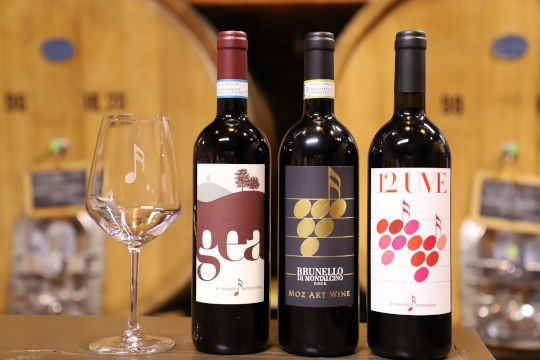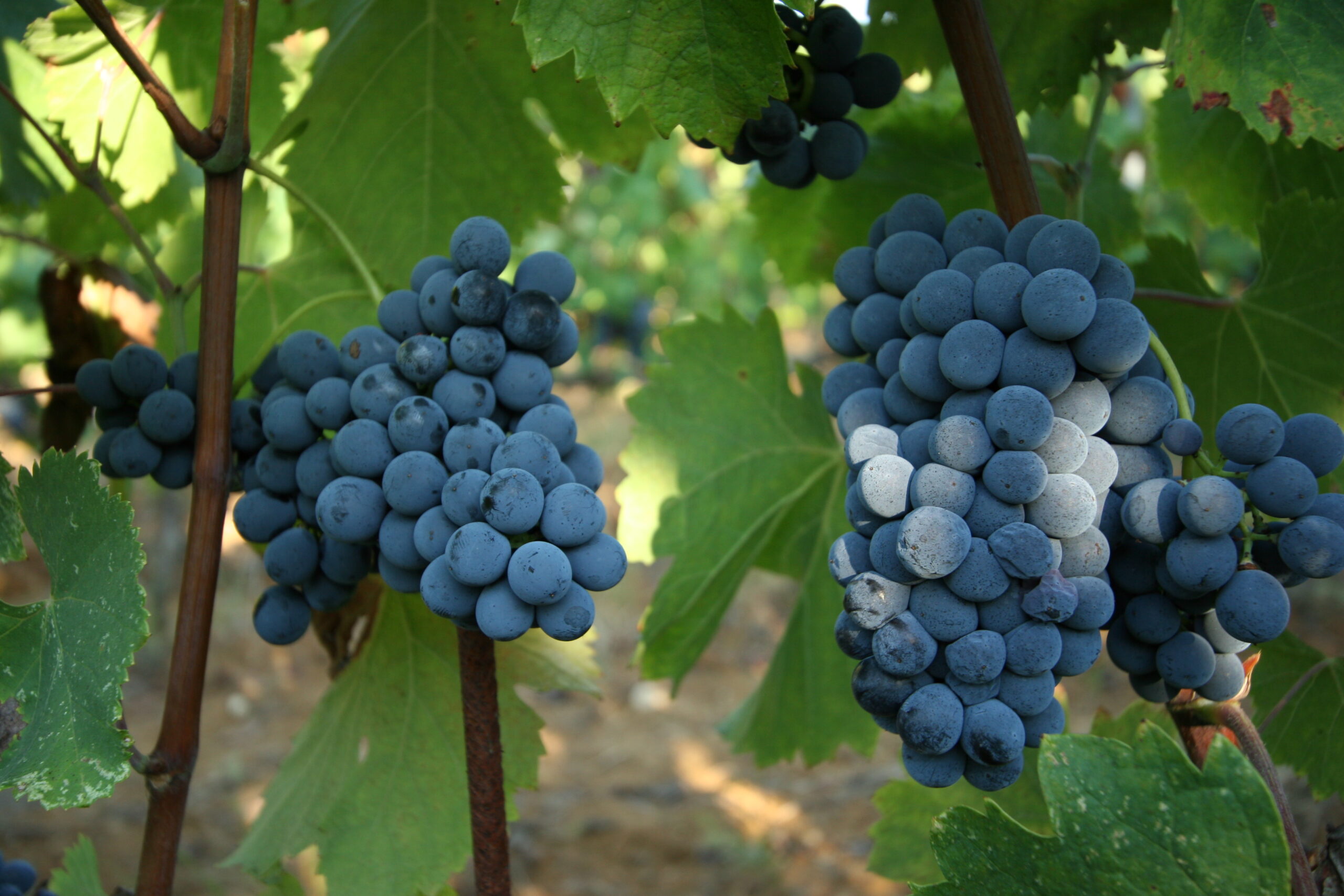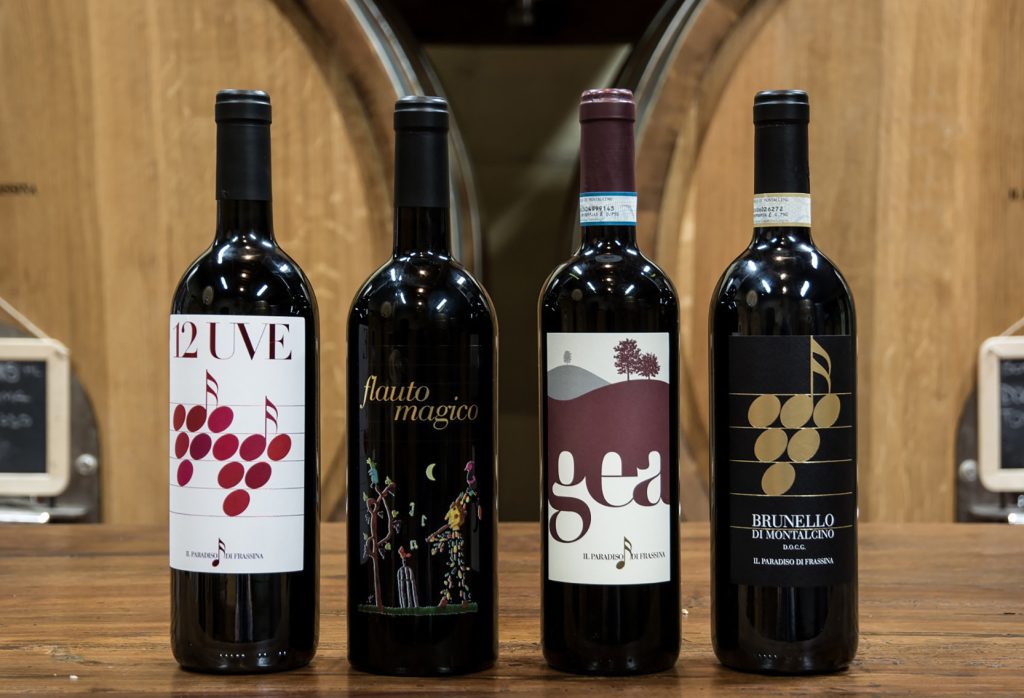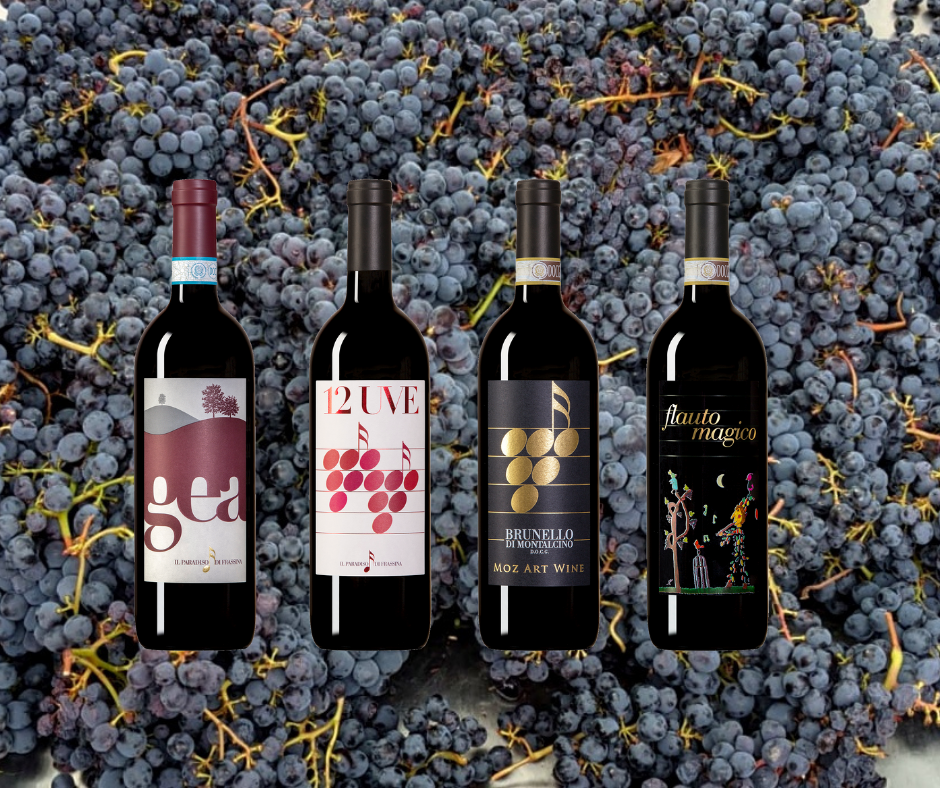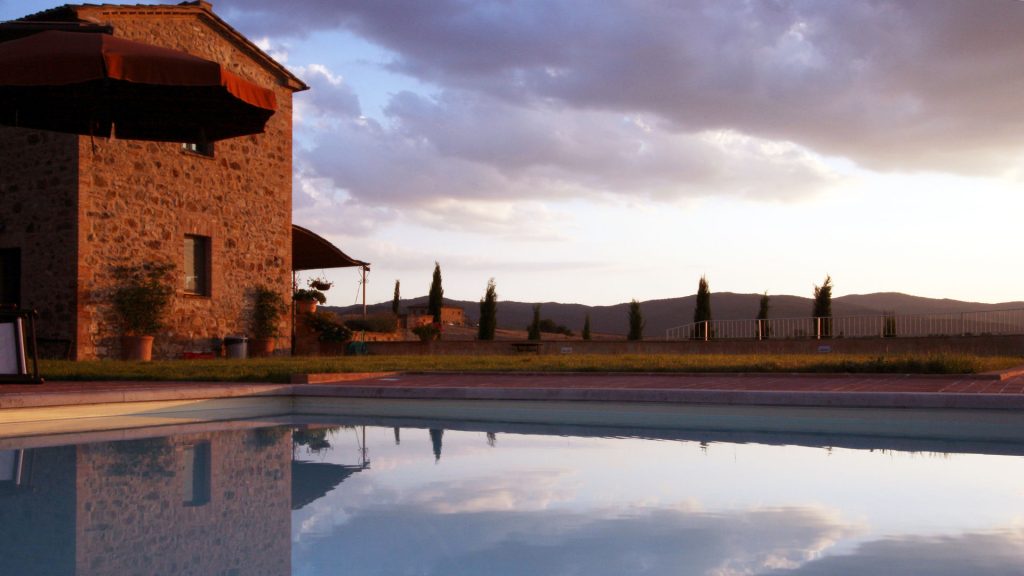Love and respect for the environment, the sowing of green manure at Il Paradiso di Frassina Winery
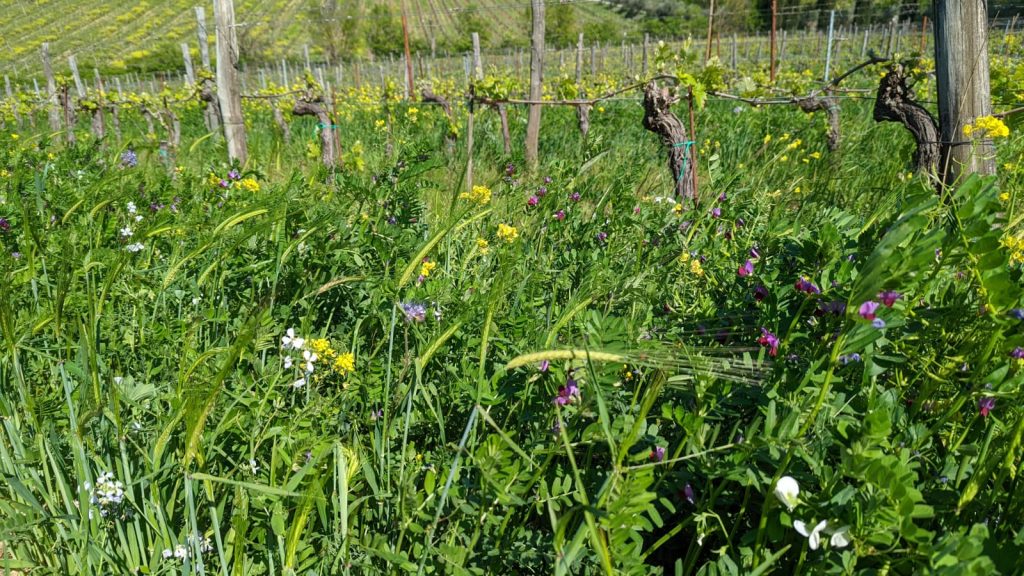
At Il Paradiso di Frassina, winery in Montalcino, in the heart of the beautiful Val d’Orcia in Tuscany, we love and respect everything that nature has given us; every day for us is the Earth Day, and everything we do is dictated by love for the earth and respect for the environment.
The Paradiso di Frassina, in fact, produces organic wines. Thanks to music therapy with vines and the beneficial effects of Mozart’s musical frequencies on plants, we are able to drastically reduce the use of chemicals.
With this in mind, we practice the natural fertilization of the soil through the sowing of green manure, which improves the soil making it more fertile thanks to the contribution of organic substances.
The practice of sowing green manure has very ancient origins and was already used in Roman times.
Green manure that we’ve used is a mix of seeds: protein pea, vetch, sulla, barley, rye, mustard, horseradish and phacelia. We sowed the green manure towards the end of October; we worked the soil refining it and we spread the seeds. Now green manure is growing, and the various species are blooming.
In the month of May the plants will be cut, we will leave them on the ground to dry and then they will be buried in the ground to ensure that this vegetable mass releases components to the ground.
The natural fertilization of the vine, the innumerable properties of green manure
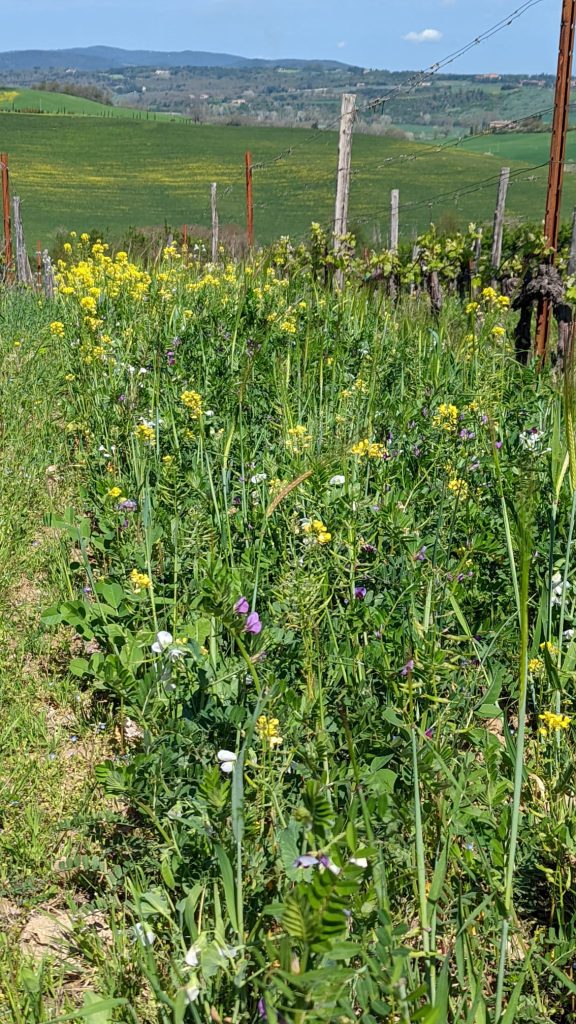
Planting green manure is a practice that has positive influences on soils, on 3 fronts: chemical because it enriches the nutrients, physical because it improves the physical structure of the soil, and biological because it enhances the presence of micro and macro organisms in the soil.
The nutrition action part is important because many plant species used in green manure have a root system that goes very deep in the soil and therefore mobilizes the forms of phosphorus and potassium present and makes them available, so that they can create organic substance and therefore can become assimilable by plants.
An important thing about green manure is also the protection of the soil, for example from erosion. The roots of legumes explore the deeper layers of the soil, the roots of grasses remain on the surface but contribute with many fine roots to create all those stable aggregates in the soil. The roots of cruciferous trees, such as rapeseed, work very deep creating tunnels for the passage of water and air in the ground. Each plant has its own function.
They also offer food and refuge for useful insects; green manure becomes a temporary ecological station, for example bees can find nectar and pollen inside the blooms such as in the case of the phacelia. Then there are some plants that have a stimulating or biocidal action on the soil, there are exudates released by crucifers which are repellent against some soil parasites, such as some fungi.
This is the beauty of green manure; the mix of plants with grasses, legumes and crucifers, is very effective in making the soil more fertile in a completely natural way, with the advantage of helping against parasites and helping bees in the summer months.
In fact, bees are very fond of the nectar of the phacelia, with its beautiful purple flowers, which offers shelter and food to the precious bees. From the phacelia we also obtain a honey of the highest quality.

